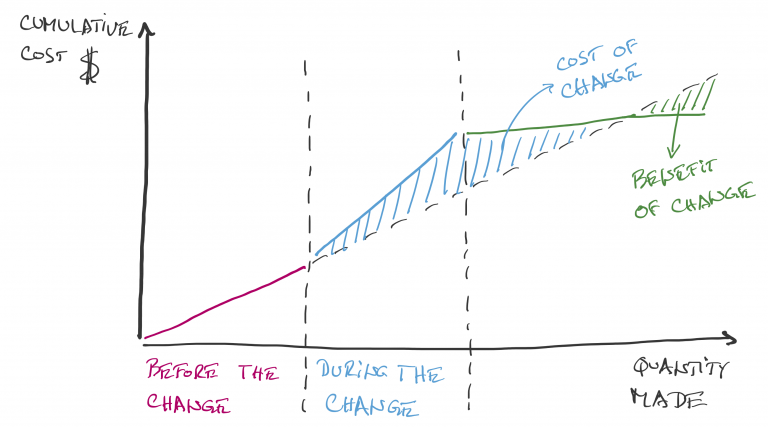Building University Spin-Offs from Research on Decision-Making


The requirements roadmap concept is introduced as a solution to the problem of the requirements engineering of adaptive systems. The concept requires a new general definition of the requirements problem which allows for quantitative (numeric) variables, together with qualitative (binary boolean) propositional variables, and distinguishes monitored from controlled variables for use in control loops. We…

If competence shortens learning, then its value is proportional to the cost of learning, that is, of iterations that would have been needed to achieve the effects of competence, but without having access to it.

There is no single definition of the term “evidence”, and trying to make one isn’t the purpose of this text. But there are ways of telling if something might be evidence, and knowing when it clearly isn’t. Such knowledge helps you develop a taste, so to speak, in evidence. Isn’t that valuable, given how frequently you may be giving evidence to support your ideas, and how frequently others do the same to you?
The work on Techne (here) can be seen as a case study in developing a new business analysis and requirements engineering mehods. I gave a general talk on this topic in 2013, at the Sauder School of Business, at the University of British Columbia, in Vancouver. The presentation used at the talk is below.
Assuming two or more alternative solutions are available, to make a decision means to pick only one of these, or, equivalently here, to commit to one and ignore others. What role do requirements play in such decision making situations? In classical decision theory [1], the best solution is the one that yields the highest expected…